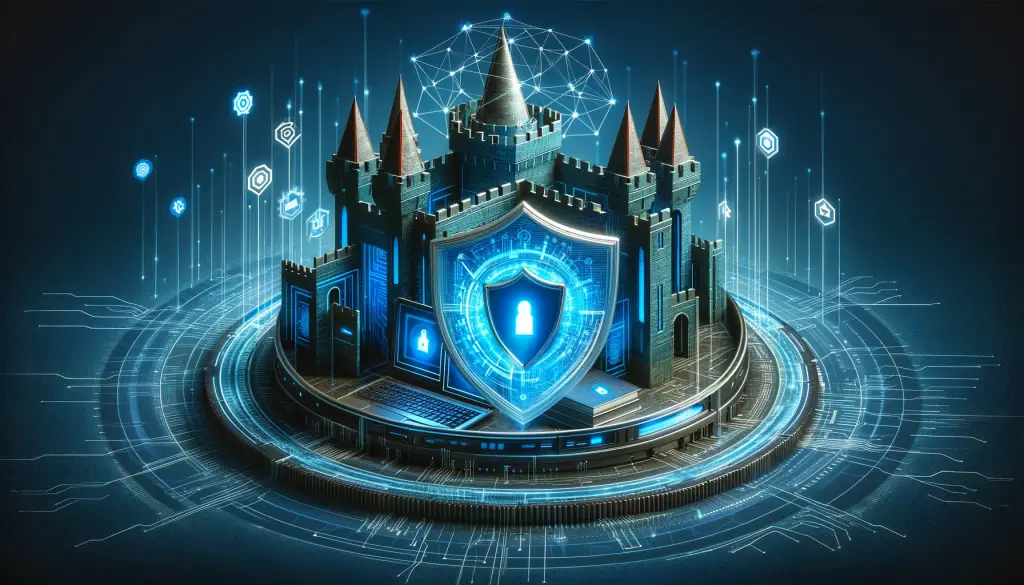In today’s interconnected world, cybersecurity has become a paramount concern for individuals and organizations alike. As we continue to integrate digital technology into every aspect of our daily lives, from social interactions to financial transactions, the need for robust cybersecurity measures has never been more critical. The digital age, while offering unprecedented convenience and opportunities, also opens the door to a myriad of cyber threats that can compromise personal information, financial security, and privacy.
The rise in cyber threats is not just a perception but a reality backed by data. Cyberattacks have become more sophisticated and frequent, targeting not only large corporations but also individuals. The motivation behind these attacks ranges from financial gain to espionage, with tactics evolving to bypass traditional security measures. This new era of digital vulnerability necessitates a proactive approach to cybersecurity, where understanding the risks and implementing comprehensive protective measures is essential. Individuals must become vigilant custodians of their digital footprint, safeguarding their personal information against the backdrop of an ever-expanding cyber threat landscape.
Understanding the Cyber Threat Landscape
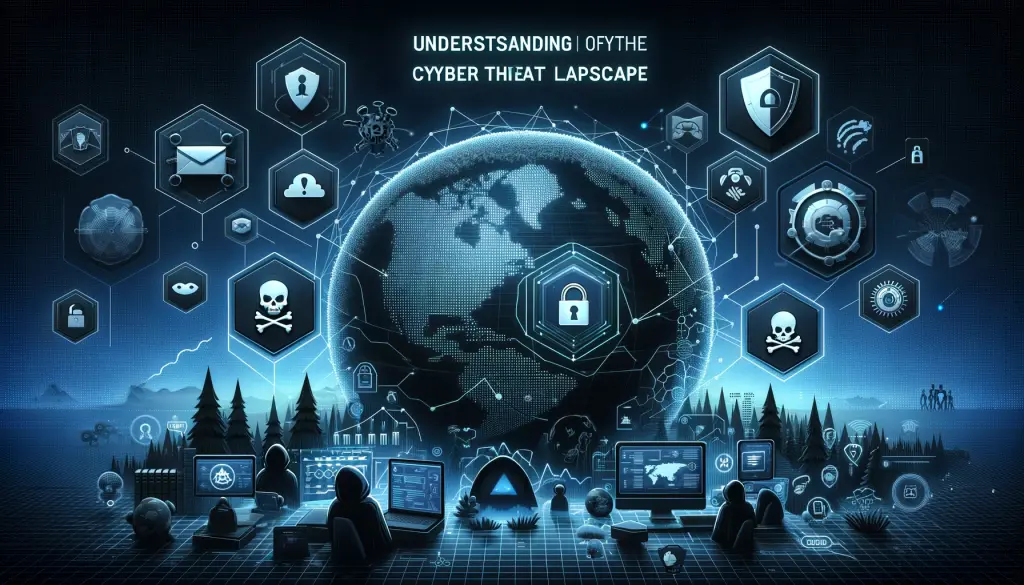
The cyber threat landscape is diverse and constantly evolving, making it crucial for individuals to understand the various types of cyber threats they may encounter. Key among these threats are:
- Malware: This is malicious software designed to harm or exploit any programmable device or network. Malware comes in various forms, including viruses, worms, trojans, and spyware, each designed to disrupt, damage, or gain unauthorized access to computer systems.
- Phishing: A deceptive tactic employed by cybercriminals to trick individuals into revealing personal or sensitive information. This is often achieved through fraudulent emails or messages that mimic legitimate institutions or acquaintances.
- Ransomware: A type of malware that locks or encrypts the victim’s data, with the attacker demanding a ransom to restore access. The rise of ransomware has been particularly alarming, targeting businesses and individuals alike.
- Distributed Denial of Service (DDoS) attacks: These attacks aim to overwhelm a website or online service with traffic from multiple sources, rendering it unavailable to legitimate users.
- Zero-day exploits: These are attacks that take advantage of a previously unknown vulnerability in software or hardware, before the vendor becomes aware of it and releases a patch.
Statistics on cybercrime illustrate the magnitude of the issue. According to a report by Cybersecurity Ventures, cybercrime is projected to cost the world $6 trillion annually by 2021, up from $3 trillion in 2015. This stark increase underscores the growing proficiency of cybercriminals and the expanding scope of potential targets. Moreover, the COVID-19 pandemic has accelerated the digitization of many aspects of life, further increasing the potential attack surface for cybercriminals.
Understanding these threats is the first step in developing a robust cybersecurity strategy. By being informed about the nature and variety of cyber risks, individuals and organizations can better prepare and protect themselves against potential cyberattacks.
Setting the Foundation with Strong Passwords

In the realm of cybersecurity, the importance of strong, unique passwords cannot be overstated. Passwords are the first line of defense against unauthorized access to your digital life. Here’s how to create and manage strong passwords effectively:
- Creating Strong Passwords: A strong password is long (at least 12 characters), complex, and includes a mix of letters, numbers, and special characters. Avoid using easily guessable information, such as names, birthdays, or common words. Instead, consider using a passphrase or a combination of unrelated words and characters that are meaningful to you but hard for others to guess.
- Uniqueness is Key: Use a different password for each of your accounts. This way, if one password is compromised, the other accounts remain secure. Reusing passwords across multiple sites increases the risk of a domino effect, where one breached account leads to others being compromised.
- Password Management Tools: Remembering a unique, strong password for each account can be challenging. Password managers are essential tools that can help. They securely store your passwords in an encrypted database, generate strong passwords for you, and automatically fill in login credentials on websites and apps.
- Multi-Factor Authentication (MFA): Even the strongest password can be compromised. Enabling MFA adds an extra layer of security by requiring two or more verification methods to gain access to an account. This can include something you know (a password or PIN), something you have (a mobile device or security token), or something you are (biometric verification like fingerprints or facial recognition).
By setting a foundation of strong, unique passwords and complementing them with the use of password managers and multi-factor authentication, you significantly strengthen your defenses against cyber threats. These practices are fundamental to maintaining the security and integrity of your digital identity.
Securing Your Digital Devices
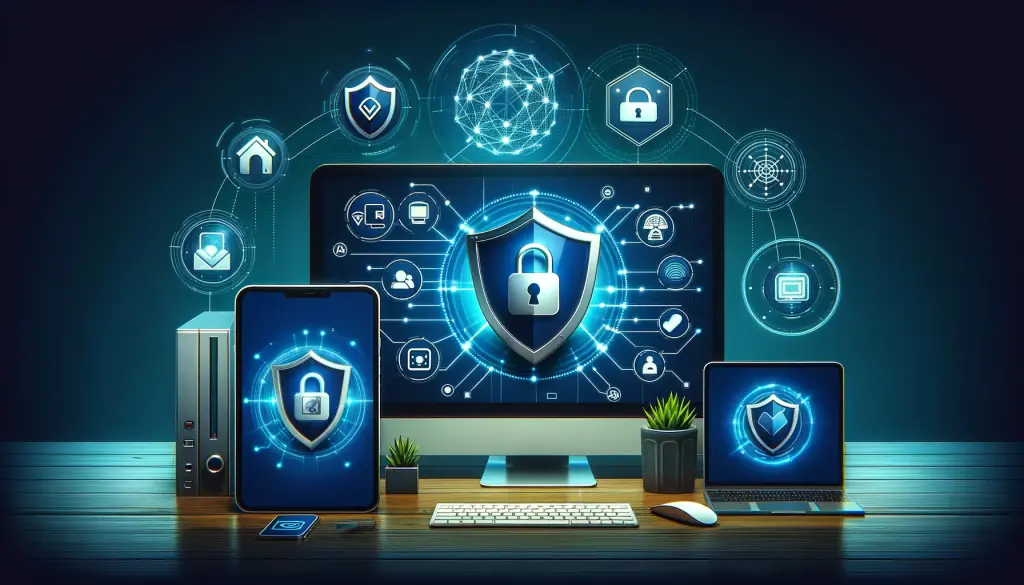
In our increasingly connected world, smartphones, computers, and tablets serve as lifelines to personal and professional networks. However, these devices also represent prime targets for cybercriminals. To safeguard these critical tools, here are some essential security measures:
- Regular Updates: Always keep your operating system and applications up to date. Manufacturers regularly release updates to fix security vulnerabilities. Enabling automatic updates can ensure that you’re protected against the latest threats.
- Antivirus Software: Install reputable antivirus software on your devices. This software can detect and eliminate malware before it causes significant damage. Regularly scan your devices to catch any potential threats early.
- Secure Lock Screens: Use strong passwords, PINs, or biometric locks (like fingerprint or facial recognition) to secure your devices. This basic layer of security can prevent unauthorized access if your device is lost or stolen.
- Network Security: Be cautious when connecting to public Wi-Fi networks. Use a virtual private network (VPN) to encrypt your internet connection and protect your data from eavesdroppers. At home, secure your Wi-Fi network with a strong password and WPA3 encryption.
The Role of Social Media in Cybersecurity
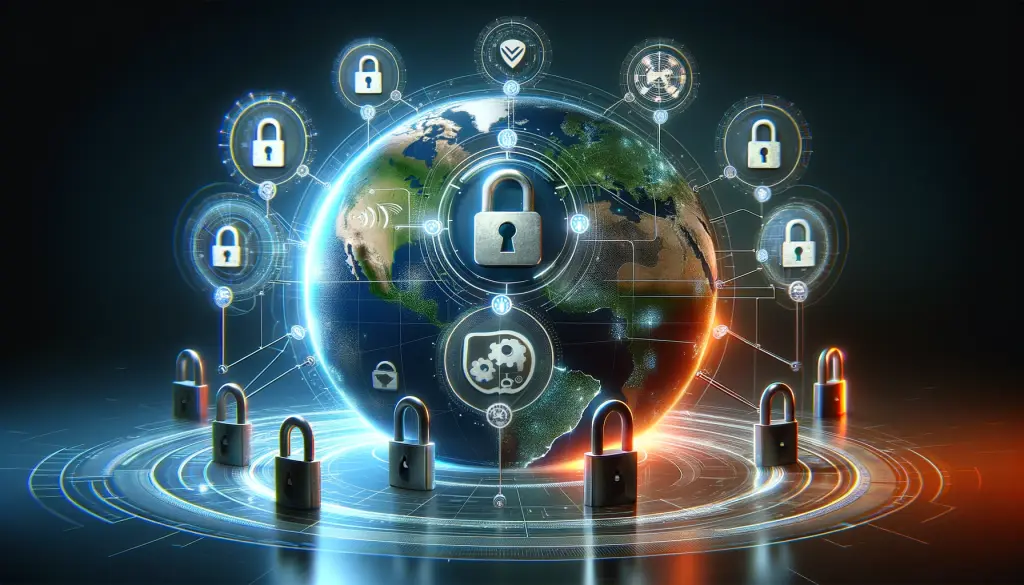
Social media platforms are integral to modern life, yet they present significant cybersecurity risks. Personal information shared on these platforms can be exploited by cybercriminals for identity theft, phishing, or social engineering attacks. To navigate social media safely:
- Privacy Settings: Regularly review and adjust your social media privacy settings to limit who can view your information. Be cautious about sharing sensitive personal details that could be used to impersonate you or guess security questions.
- Think Before You Click: Be wary of clicking on links or downloading attachments, even if they appear to be from known contacts. Cybercriminals often use compromised accounts to spread malware or conduct phishing attacks.
- Verify Friend Requests: Accept friend requests only from people you know personally. Cybercriminals create fake profiles to gain access to your information or to spread malicious content.
- Educate Yourself: Stay informed about the latest social media scams and threats. Recognizing the signs of suspicious activity can help you avoid falling victim to these tactics.
By adopting these strategies, you can significantly enhance the security of your digital devices and protect your personal information on social media platforms.
Recognizing and Avoiding Phishing Attacks
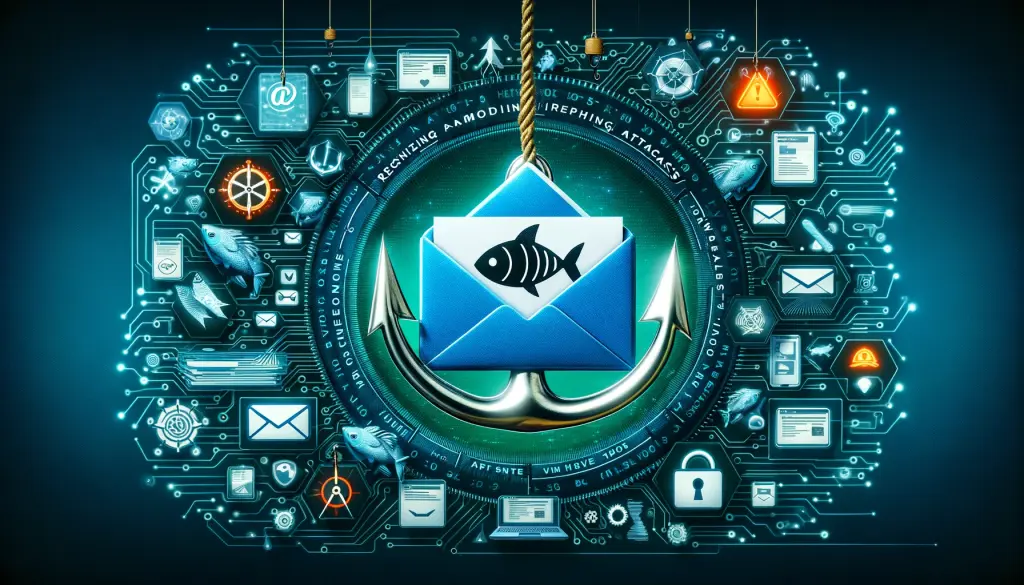
Phishing is a type of cyberattack where criminals impersonate legitimate organizations or individuals to steal sensitive information, such as login credentials, credit card numbers, or personal identification details. These attacks often occur via email, text messages, or social media, where attackers lure victims into clicking on malicious links or attachments, leading them to fraudulent websites designed to collect their information.
Tips for Identifying and Avoiding Phishing Attempts:
- Check the Sender’s Information: Be skeptical of emails or messages from unknown senders or those that contain unexpected requests or offers. Verify the sender’s email address or contact information to ensure it matches the official source.
- Look for Red Flags: Poor grammar, urgent language (e.g., “Act now!”), or suspicious links and attachments are common indicators of phishing attempts.
- Do Not Click on Suspicious Links: Hover over links to preview the URL before clicking. If the link looks unusual or does not match the expected destination, do not click on it.
- Verify Requests Independently: If you receive a request for sensitive information or financial transactions, verify it directly with the organization through official channels instead of responding to the message.
- Use Anti-Phishing Tools: Many web browsers and email clients offer anti-phishing features that can help detect and block suspicious sites or messages.
Safeguarding Your Financial Transactions
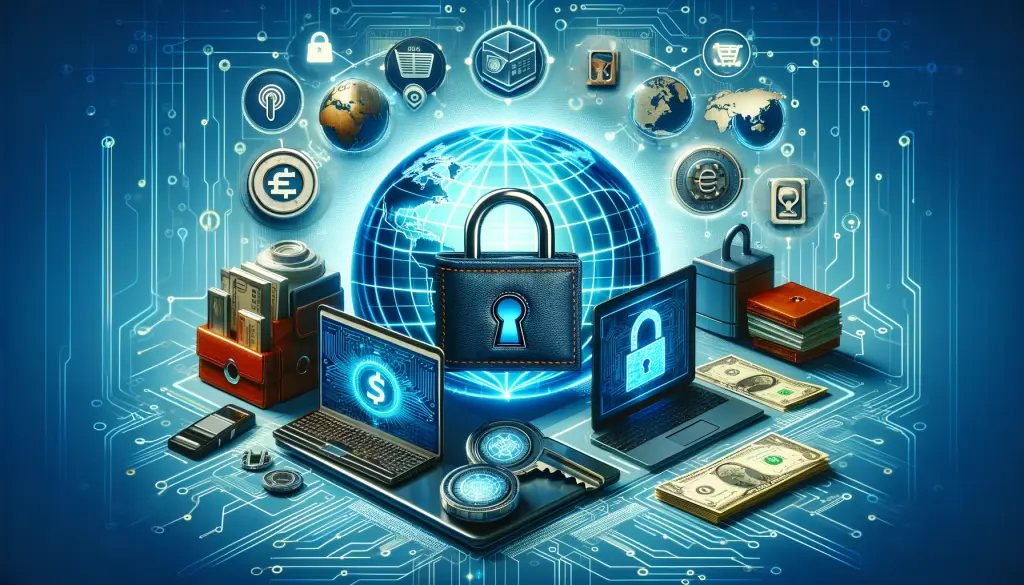
In the realm of online banking and shopping, the convenience of digital transactions comes with the need for robust security measures. Cybercriminals often target these activities to steal financial information or money directly.
Tips for Securing Online Banking and Shopping:
- Use Secure Connections: Ensure that the website you are using for financial transactions has a secure connection, indicated by “https://” in the URL and a padlock symbol in the browser address bar.
- Enable Two-Factor Authentication (2FA): Where possible, enable 2FA for your financial accounts. This adds an extra layer of security by requiring a second form of verification beyond just your password.
- Monitor Account Activity: Regularly check your bank statements and transaction histories for any unauthorized or suspicious activity. Early detection can prevent further financial loss.
- Be Cautious with Public Wi-Fi: Avoid accessing financial accounts or conducting transactions over public Wi-Fi networks. If necessary, use a VPN to secure your connection.
- Choose Reputable Vendors: When shopping online, use well-known and reputable websites. Look for reviews and feedback from other customers to ensure the legitimacy of the vendor.
By understanding how phishing attacks work and implementing secure practices for online transactions, individuals can better protect themselves against the evolving threats in the cybersecurity landscape.
Data Backup and Protection

Regular data backups are a critical component of a robust cybersecurity strategy. Backups ensure that you can recover your data after a cyber incident, such as a ransomware attack or hardware failure. Here’s how to implement effective data backup and protection:
- Regular Backup Schedule: Establish a routine for backing up your data. Important files should be backed up daily or weekly, depending on how frequently they are updated.
- Multiple Backup Copies: Follow the 3-2-1 backup rule: keep at least three copies of your data, on two different storage types, with one copy stored offsite or in the cloud. This diversification ensures that you have accessible backups even in the case of a physical disaster.
- Cloud Storage: Utilize cloud services for backups to benefit from remote access and additional security measures. Ensure the cloud service offers encryption and complies with relevant data protection regulations.
- Test Your Backups: Regularly test your backups to ensure they can be restored successfully. This practice verifies the integrity of your data and the effectiveness of your backup system.
Staying Informed on Cybersecurity Trends
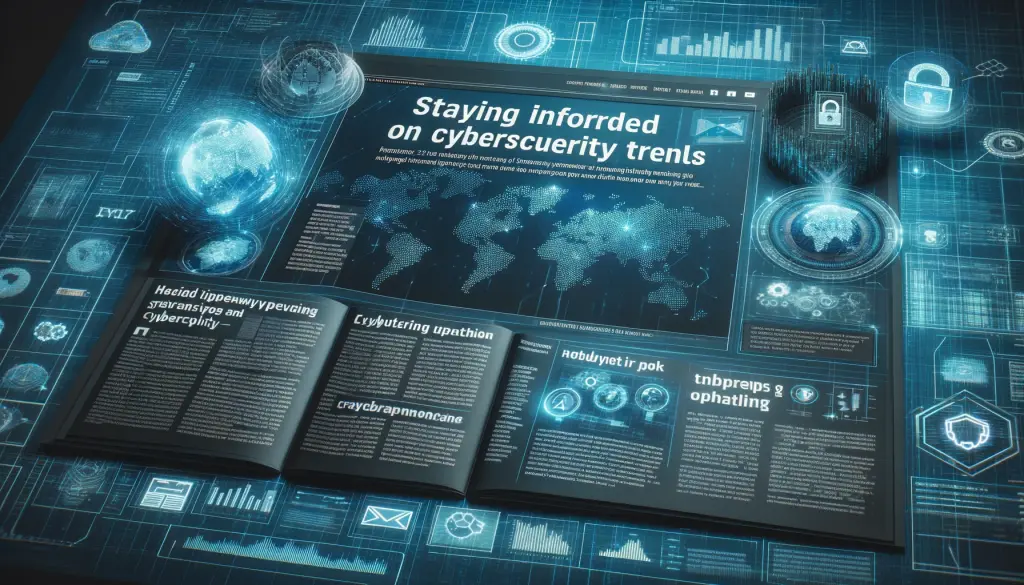
Cybersecurity is a constantly evolving field, with new threats emerging regularly. Staying informed about these trends is crucial for protecting your digital assets. Here are some ways to keep abreast of cybersecurity developments:
- Follow Reputable Sources: Subscribe to newsletters and follow blogs from trusted cybersecurity firms and researchers. These sources provide insights into the latest threats and defense mechanisms.
- Attend Webinars and Conferences: Participate in cybersecurity webinars and conferences to learn from experts and network with other professionals in the field.
- Leverage Social Media: Follow cybersecurity experts on social media platforms like Twitter and LinkedIn for real-time updates and discussions on the latest threats and security practices.
- Continuous Education: Consider enrolling in cybersecurity courses or training programs to deepen your knowledge and stay updated on the latest technologies and strategies.
By staying informed and proactive in managing cybersecurity risks, individuals and organizations can better protect themselves against the evolving landscape of cyber threats.
Conclusion
In the digital age, where cyber threats are continuously evolving and becoming more sophisticated, protecting one’s digital life is paramount. To navigate the complex world of cybersecurity, individuals must adopt a proactive and informed approach. Key strategies include setting strong, unique passwords and utilizing multi-factor authentication to secure accounts, keeping devices updated and protected with antivirus software, and being vigilant on social media to safeguard personal information.
Recognizing and avoiding phishing attacks is crucial; always verify the legitimacy of emails, links, and attachments before interacting with them. For financial transactions, ensure the security of online platforms and practice safe online banking and shopping habits. Regular data backups are essential for recovering from data loss incidents, while staying informed about cybersecurity trends helps in adapting to new threats and enhancing overall security posture.
In conclusion, cybersecurity is not a one-time task but a continuous journey. By incorporating these essential tips into daily digital routines, individuals can significantly reduce their vulnerability to cyber threats. It is essential to stay vigilant, educated, and proactive in managing cybersecurity, thereby ensuring a safer digital environment for oneself and others.

